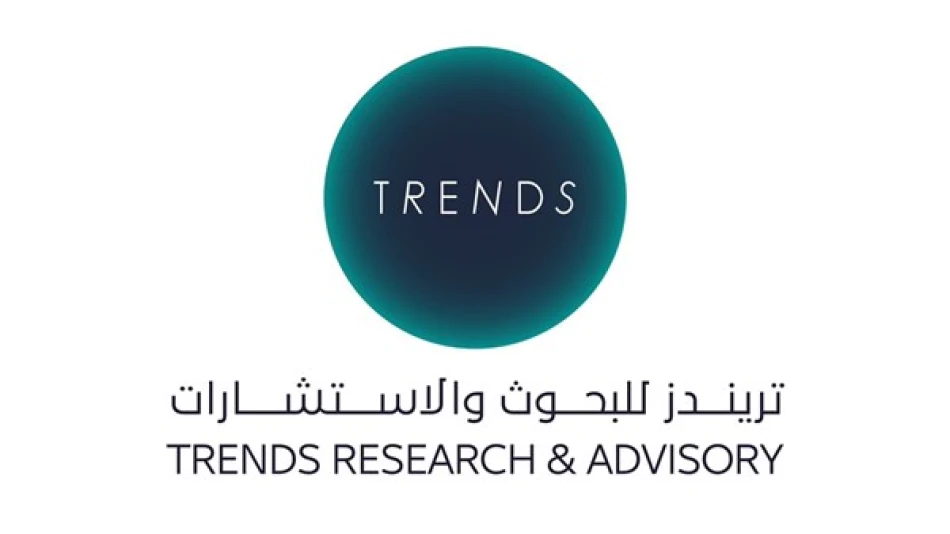
Trends Highlights Vital Role of Credible Media in Fostering Human Understanding
Media as a Double-Edged Sword: How Information Wars Shape Global Unity
As global polarization intensifies and misinformation spreads at unprecedented rates, media has emerged as either humanity's greatest bridge-builder or its most destructive divider. A major international conference in Jakarta has spotlighted how responsible journalism and strategic communication can combat hate speech and foster human solidarity—or alternatively, how unchecked media manipulation deepens societal fractures across nations.
The Jakarta Declaration: Media's Role in Crisis Management
The two-day International Conference on Human Fraternity, organized by the Higher Committee of Human Fraternity in collaboration with the Islamic University of Jakarta, brought together thought leaders and civil society representatives from around the world. The gathering focused on "Promoting Human Fraternity in the Context of Global Disruptions: Towards a More Peaceful and Prosperous Civilization."
The Trends Research and Advisory Center, participating through its virtual Indonesia office, emphasized during the conference's third session that media today possesses unprecedented power to either build bridges of human understanding or deepen existing divisions. The session, titled "The Role of Media in Bridging Gaps - Combating Misinformation and Promoting Human Fraternity," highlighted the urgent need for responsible media practices.
Beyond Traditional Journalism: The New Media Battlefield
Abdul Aziz Al-Marzouqi, Director of Global Offices at Trends Research Center, delivered a keynote address stressing media's pivotal role in supporting values of tolerance and dialogue while limiting hate speech. This emphasis comes at a critical time when social media algorithms often amplify divisive content over constructive discourse.
The conference discussions extended beyond media responsibility to encompass youth empowerment, social justice, education, and ethical innovation—recognizing that media influence intersects with virtually every aspect of modern society.
The Global Context: Why This Matters Now
The Jakarta conference reflects a growing international recognition that information warfare has become as consequential as traditional geopolitical conflicts. From election interference campaigns to pandemic misinformation, the past decade has demonstrated how rapidly false narratives can destabilize entire societies.
Learning from International Models
Countries like Singapore have implemented strict anti-misinformation laws, while the European Union has pressured tech platforms through regulatory frameworks. The United States continues to grapple with balancing free speech protections against the societal costs of unchecked misinformation. The Jakarta discussions suggest that developing nations are increasingly seeking their own approaches to media governance that reflect local values while addressing global challenges.
The Research Imperative
The conference's emphasis on scientific research in addressing media-related challenges signals a shift toward evidence-based policy making. Rather than relying solely on reactive measures, participants advocated for proactive research into how media consumption patterns affect social cohesion and democratic institutions.
This approach recognizes that combating misinformation requires understanding not just what false information circulates, but why certain populations become susceptible to it and how alternative narratives can be effectively promoted.
Implications for Global Governance
The Jakarta conference represents part of a broader international movement toward establishing new norms for media responsibility in an interconnected world. As traditional gatekeepers lose influence and anyone can broadcast to global audiences, the challenge becomes maintaining information quality without stifling legitimate discourse.
The focus on "human fraternity" suggests that future media governance frameworks may prioritize social cohesion and cross-cultural understanding as measurable outcomes, potentially reshaping how we evaluate media success beyond simple metrics like engagement or reach.
 Layla Al Mansoori
Layla Al Mansoori







